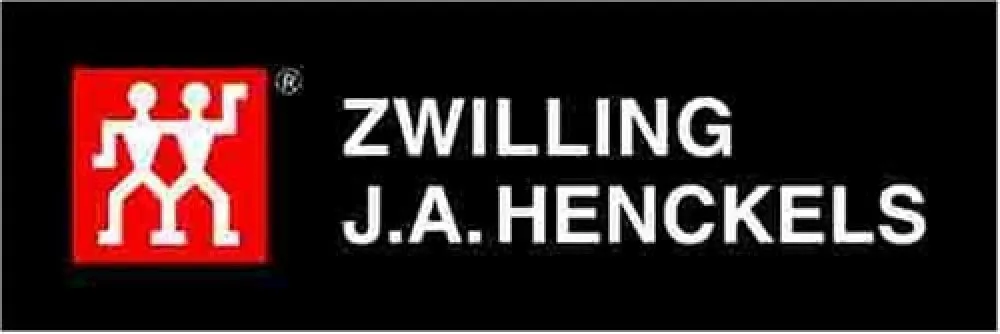John Gruber and His Famous Almanack Part 3
G
ruber's religious background was apparent in his first published book - besides his almanacs – the Apocryphal Gospel of Nicodemus and the Testament of the Twelve Patriarchs, published in 1796 or probably early in 1797. In 1831, he published the Psalms and Hymns of the German Reformed Church, under supervision of the Synod of that church.
Gruber engaged actively in the printing trade until about 1855, when the infirmities of age forced him to stop. At that time, he appointed William Stewart of Indianapolis to take over the business for the western market, and Thomas R. Robertson of Hagerstown, the eastern trade. In 1927, over 200,000 copies were circulated in forty states; and in 1938, as many as fifty copies went to one news dealer alone in the fairly distant city of Cleveland.
John Gruber died on December 29, 1857 at 89 and was buried on the last day of the year in the graveyard of the Zion Reformed Church in Hagerstown, Maryland and was eulogized by the Reverend Samuel H. Giesy. It has been said that he never had an enemy, formed his own political opinions, and adhered to them religiously. He voted in every Presidential election from Washington to Buchanan and was never a volatile politician. In spite of his youthful adventures, he scarcely ever left his family in later years, either for business or pleasure. He was reserved in conversation, attended to his affairs with industry and attentiveness, and was never known to speak ill of anyone.
His almanac changed little after his death, becoming more and more like a stereotyped work, but it still flourishes under the John Gruber name and is its founder’s best-known monument. It has been said that J. Gruber's Hagerstown Town and Country Almanack has done more than anything else to make the name of Hagerstown familiar throughout the United States. Millions have been printed and sold, circulating mainly in Virginia, West Virginia, Maryland, Delaware, Pennsylvania, Ohio, Indiana and Illinois. Gruber's old motto, 'By Industry We Thrive,' still appears on its cover.
BUY THE GENUINE-TAKE NO OTHER
It is interesting to note that during the early years of The Almanack, following the death of its founder, various booksellers around Hagerstown and later, in Baltimore, many who were among the first advertisers also acted as agents for the publication. Sometimes this representation went too far. Self-promoters saw the opportunity to benefit from The Almanack’s growing popularity and soon, several unauthorized versions of The Almanack started appearing across the region, many with the exact same cover graphics and content. After many years of negotiation without reaching agreement with any of the parties, The Gruber Almanack Company finally resorted to legal action. Favorable court decisions provided that all publishers of unauthorized versions shall cease and desist (as an example, see Court of Appeals of Maryland, April Term, 1906, The Gruber Almanack Company vs. Otho Swingley, prohibiting publication or sale of any almanac calculated to deceive an individual into believing that it was an original J. Gruber’s Hagerstown Town & Country Almanack). John Gruber’s original almanac maintained its integrity and established its authenticity and to this day, still directs its readers to always "Buy The Genuine-Accept No Other”.
THE GRUBER LEGACY
Gruber was the father of six daughters: Charlotte, Rebecca, Theresia Mathilda, Louisa, and Frederica. A great number if his descendants are still living in Maryland and other states. In 1811, Daniel May, who had married Gruber's daughter Rebecca, joined his father-in-law as a partner in the printing business. It is not certain just when this business partnership was discontinued but in 1840, May became the editor of the Republican Herald of York, Pennsylvania.
For more on JOHN GRUBER AND HIS FAMOUS ALMANACK, click here


















